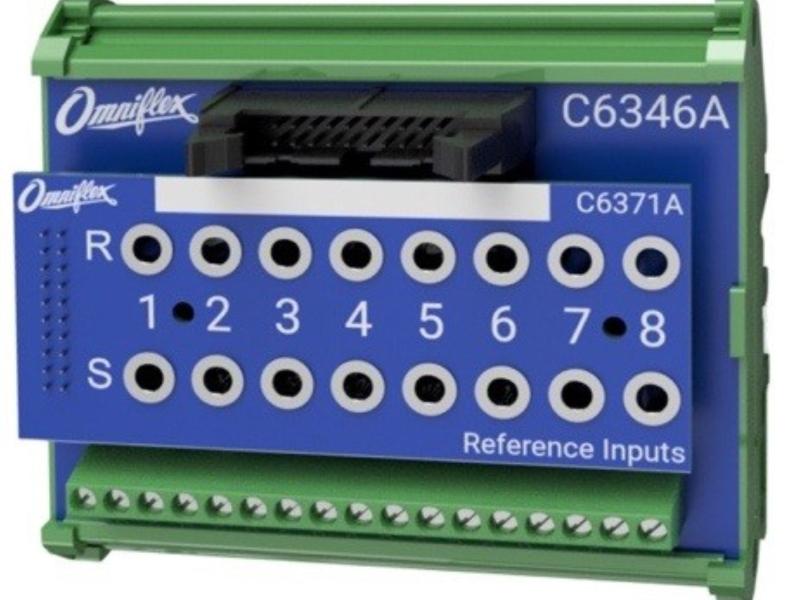WorkSafe NZ says a number of enquires have been received regarding the mandatory nature of the “test and tag” provisions of AS/NZS 3760, particularly situations where RCD protection is provided in the supply arrangement especially for locations such as offices and other indoors environments similar to residential premises and how an alternative might relate to “all practicable steps”.
The use of AS/NZS 3760 is cited by the Regulations (Regulation 26) as being deemed to be safe. AS/NZS 3760 focusses on protection against electric shock using tests conducted using general or purpose built test equipment used by trained and competent persons. It is not as some people believe a system of testing a supply cord, but a system of testing the safety of an entire appliance.
However, it also contains additional requirements to verify the presence and operation of guards and barriers that protect against mechanical injury and contact with live parts, and includes an inspection to identify any damage to the equipment.
The majority of these additional requirements are visual inspections.
It is not acceptable to issue a compliance Tag on the basis of testing alone.
Because AS/NZS 3760’s test and tag regime is a recognised (deemed to be safe) method of achieving the general safety requirements for the use of plug-in appliances, in the regulation’s risk based architecture, it’s application is not mandatory, nor does the Standard represent a minimum benchmark by which an alternative safety methodology must be assessed. Nor are the requirements necessarily a measure of all practicable steps.
The Regulations, through the citation of IEC 60479, also recognise that RCD protection is an acceptable methodology of providing protection against electric shock.
Therefore, the use of an RCD protected supply, where the users of equipment perform their own visual safety checks for damage and the functioning of guards on a daily basis is not necessarily inadequate.
Likewise, where the equipment does not rely on guards or barriers to prevent mechanical injury or access to live parts, and the use of the equipment is unlikely to result in damage to the equipment, the use of RCD protected supplies backed up by regular visual inspections for damage carried out by responsible and competent persons would not be necessarily inadequate.
However, in situations where a minor electric shock may result in dangerous involuntary reactions, such as construction and demolition sites, the use of RCDs alone is unlikely to be adequate. In these cases, the provisions of AS/NZS 3012 (“Test and Tag” and RCD protection) should be employed.
In any circumstances where “Test and Tag” is being employed it is critical to verify the competency of the tester to assess the overall safety of the equipment and not simply tag on the basis of testing using a purpose built tester.
It is also important to verify that the appliance being tested is one that would have been designed to comply with the requirements of the relevant safety Standard at the time of its introduction into the NZ market. AS/NZS 3760 only verifies certain parameters of electrical safety based on safety compliance when new..






